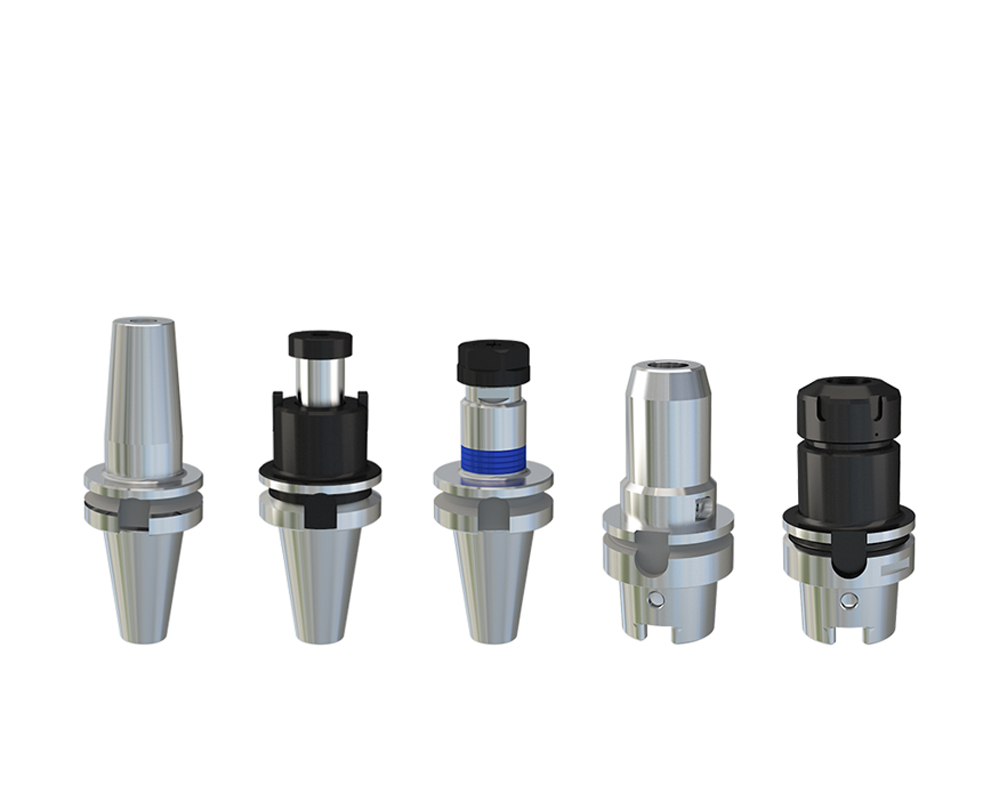Technical Sharing | How to Precisely Match Tools to Machining Requirements?
SNSTC 2025-04-18
How to Choose the Right Cutting Tool?
In the field of machining, selecting the right cutting tool is essential for improving processing efficiency, ensuring machining quality, and reducing production costs.
Clarify Machining Requirements
Machining Type: Determine whether the process involves turning, milling, drilling, or grinding. Each type requires specific tool shapes, cutting edge angles, and parameters.
Workpiece Material: Understand the hardness, toughness, and heat treatment condition of the material. For example, machining high-hardness materials requires tools with high hardness and wear resistance.
Machining Accuracy: Choose the appropriate tool based on the required precision. High-precision machining demands tools with high accuracy and rigidity, such as precision boring tools or ball-end mills.
Select the Right Type of Cutting Tool
Turning: Choose the turning tool based on the machining area (OD, ID, face, etc.) and requirements. For example, 90° lead angle tools are suitable for external turning, while internal tools are used for boring.
Milling: Select the milling cutter according to the surface shape and size. Use end mills or face mills for flat surfaces; use ball-end mills or toroidal cutters for 3D contour machining.
Drilling: Select appropriate drills according to hole diameter and depth. Use twist drills for small holes, and gun drills or deep-hole drills for deep holes.
Evaluate Tool Performance
Tool Material: Select tool materials that are compatible with the workpiece material, such as high-speed steel (HSS), carbide, or ceramic. HSS tools are suitable for low to medium cutting speeds, carbide tools for high-speed machining, and ceramic tools for finishing high-hardness materials.
Tool Geometry: Choose appropriate tool geometries based on machining requirements, including rake angle, relief angle, lead angle, and inclination angle. Proper geometry can reduce cutting forces, lower heat generation, and extend tool life.
Tool Coating: Select the right coating for the tool, such as TiN, TiAlN, or AlTiN. Coatings can enhance tool hardness, wear resistance, and heat resistance, thereby extending tool life.
Trial Cutting and Optimization
Trial Cutting: Before actual production., conduct trial cutting to observe cutting performance, cutting force, heat generation, and tool wear. Adjust tool parameters and cutting conditions in time based on these observations.
Optimization: Optimize tool selection and cutting parameters based on the trial results. This may include adjusting the tool’s lead angle, inclination angle, cutting speed, feed rate, etc., to achieve the best machining results.
In summary, choosing the right cutting tool is a critical aspect of machining. Proper tool selection can significantly improve production efficiency, ensure machining quality, and reduce manufacturing costs. In practice, the most suitable tool should be selected by carefully evaluating all relevant factors based on the specific machining conditions and requirements.
Contact us
If you have any tooling requirements, feel free to contact us. Shanghai Nagoya Precision Tools Co., Ltd. provides customized services for special tools, tool holders, fixtures, non-standard tool solutions tailored to diverse machining needs. In addition, we offer advanced five-axis laser machines for the production of PCD tools. We are dedicated to delivering the most suitable tooling solutions for every customer—fully meeting your machining requirements, reducing costs, and enhancing productivity.
We look forward to collaborating with you! If you have any questions or need more information, please feel free to contact us.



 Follow us
Follow us